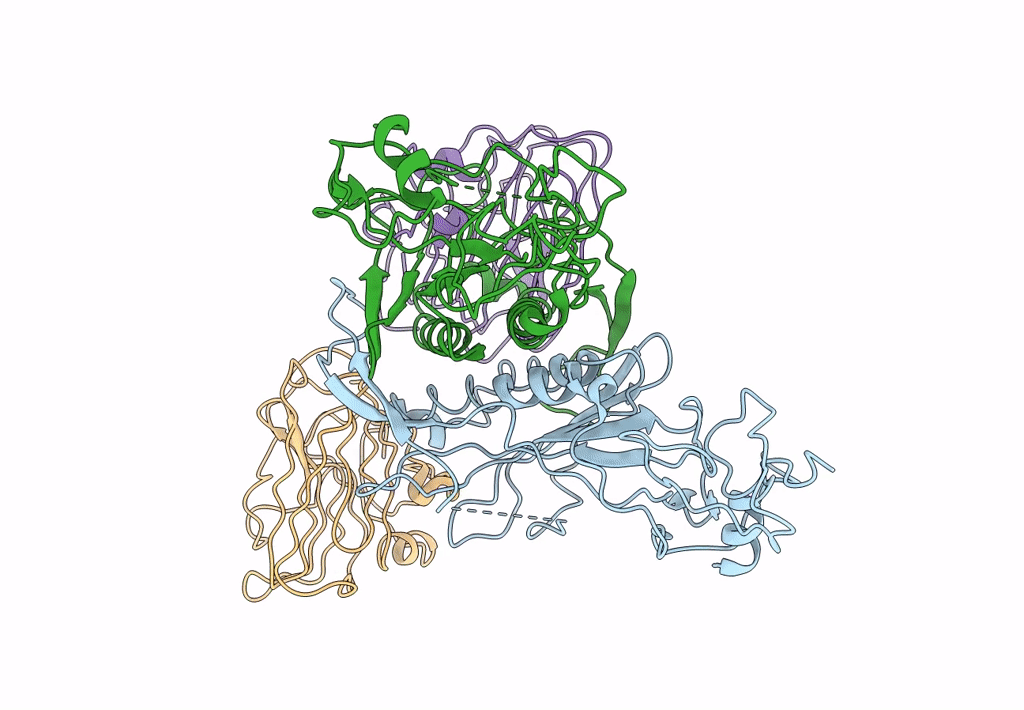
Deposition Date
2022-05-27
Release Date
2023-07-26
Last Version Date
2024-10-09
Entry Detail
PDB ID:
8D1B
Keywords:
Title:
CryoEM structure of human orphan GPCR GPR179 in complex with extracellular matrix protein pikachurin
Biological Source:
Source Organism:
Homo sapiens (Taxon ID: 9606)
Host Organism:
Method Details:
Experimental Method:
Resolution:
3.57 Å
Aggregation State:
PARTICLE
Reconstruction Method:
SINGLE PARTICLE


